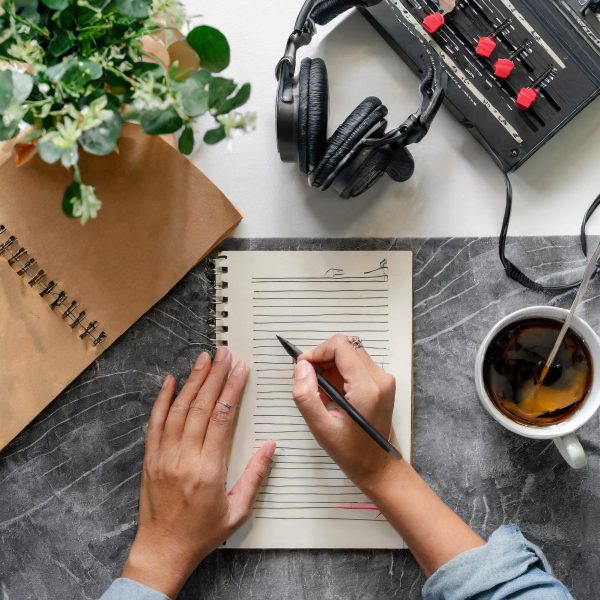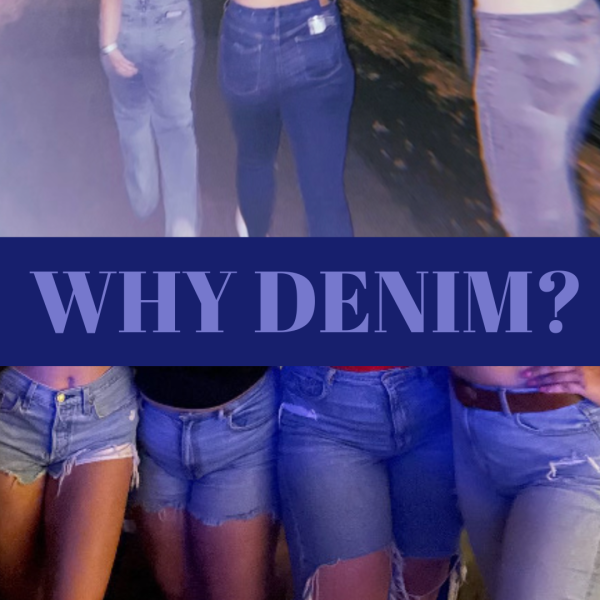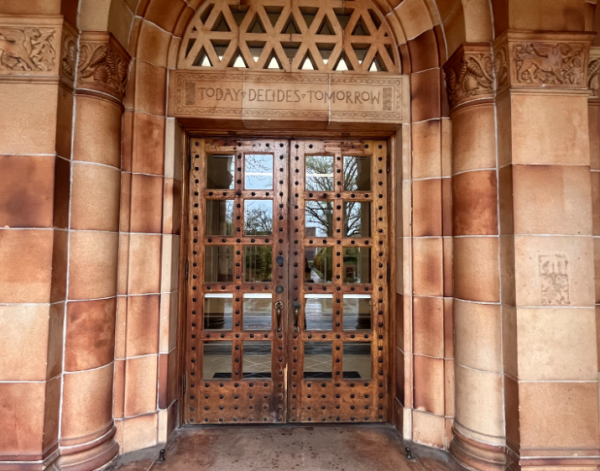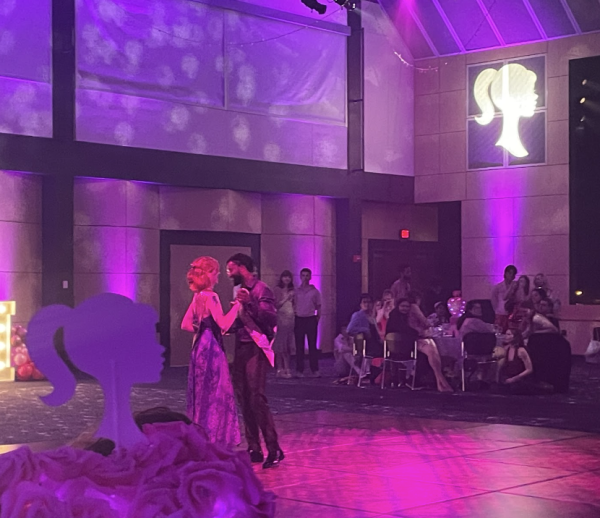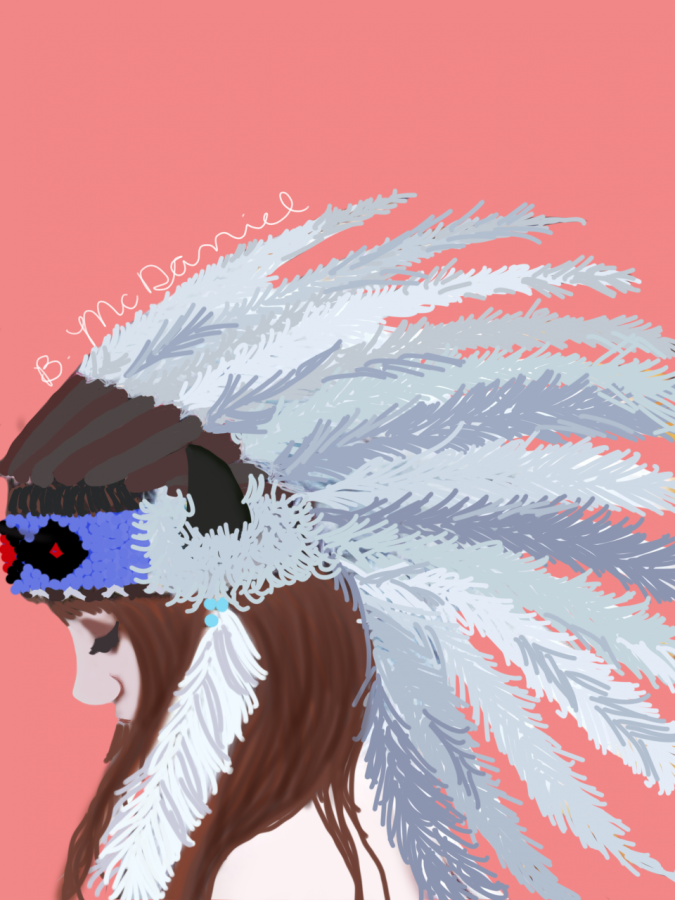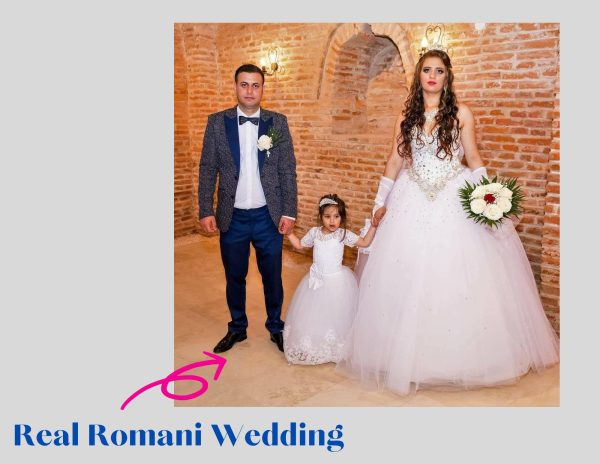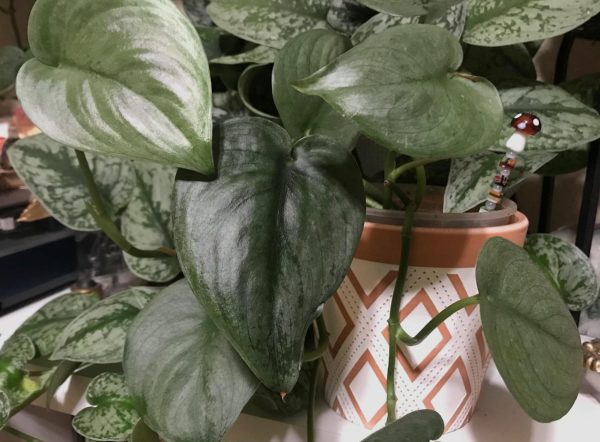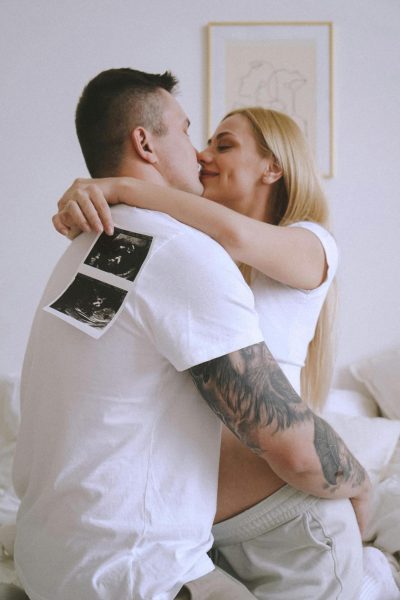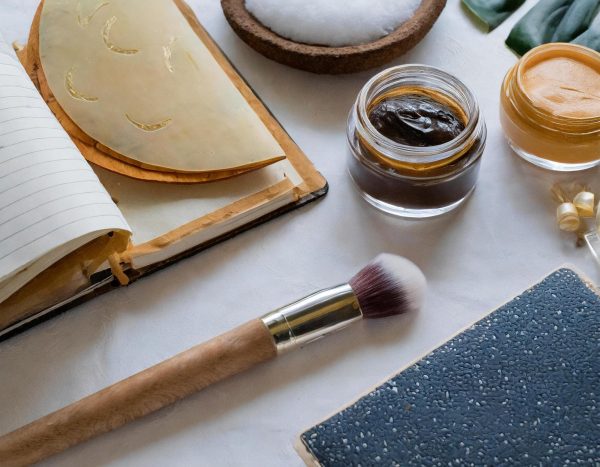Hair styles and cultural appropriation
My parents keep a picture of me on a beautiful beach in Turkey pinned to our refrigerator back home. It used to be one of my favorite pictures because it reminded me of the summer I was able to convince my mother to spend a whole 50 Euros in order for me to get my blonde head braided.
I never thought much of the photograph until one day I had a friend come over who didn’t find it as tasteful as I did.
“You must have been going through an identity crisis here,” said my friend after seeing the picture.
Honestly, I don’t think I was.
I’m four years old in the picture and I’m pretty sure that the last thing on my mind was my racial identity.
Needless to say, I was offended by the remark and it has stuck with me ever since.
I became embarrassed of the photo because I didn’t want it to look like I was trying to be something other than my Serbian self.
We shouldn’t shame someone for the hairstyle they choose to wear, no matter their background or ethnicity. We should definitely give credit to where a style originated from, but at the end of the day, it shouldn’t limit who gets to rock what kind of cut.
Sidney Coleman, a senior at Chico State, who is very passionate on the topic of cultural appropriation, said her problem doesn’t lie with the public, but instead the media’s way of portraying different cultures.
“Cornrows and dreads are viewed as ghetto and even ugly when worn by blacks, but as soon as white celebrities like Miley Cyrus and Justin Bieber wear them, they become trendy and innovative styles,” she said. “The same styles we black people have been wearing for years.”
If we were to track the origins of every fashion fad, and only allow those pertaining to that culture the right to wear it, we’d be living in one very bland world.
Early last week, designer Marc Jacobs was bashed for his incorporation of rainbow dreadlocks at New York’s Fashion Week.
Outraged, viewers took to social media to let the designer know just how offended they were. In words almost as colorful as the dreads worn by his models, regular people sure got their point across from behind their computer screens.
Marc Jacobs replied to the hate quite calmly, explaining that he is inspired by people and how they look. He did not intend on offending anyone but simply wished to integrate the hairstyle with his new spring collection.
However, his cast of models included women of various skin tones, and even though a majority were Caucasian, they all uniformly had the same colorful dreadlock hairstyle.
Marc Jacobs also responded by saying “The answer is love.”
I strongly agree with this. All styles should be encouraged, embraced and most of all loved. It shouldn’t matter the color of the skin of the person wearing it.
In the end, Marc Jacobs apologized via his Instagram, encouraging people to speak their opinion even if they disagree with him but to do so kindly.
Another senior at Chico State who works part time as a waitress had an opinion when it came to hairstyles and cultural appropriation.
She said that every time she wears her hair in two braids at least one customer asks her if she is Native American.
While flattered, she also said she cannot help but think how funny it is that so many people assume her race based on how she chooses to do her hair.
This is a pure example of a stigma that has been instilled within many of us. We associate certain hair styles strictly to one particular culture, and we are thrown off when we see something out of the norm.
We should encourage dreadlocks to be incorporated in high-end fashion shows, as well as braids to be worn by anyone who pleases without the questioning of their race.
Only through the encouragement of diversity can we fight these stigmas and look good doing so.
Mina Marjanovic can be reached at [email protected] or @theorion_news on Twitter.
